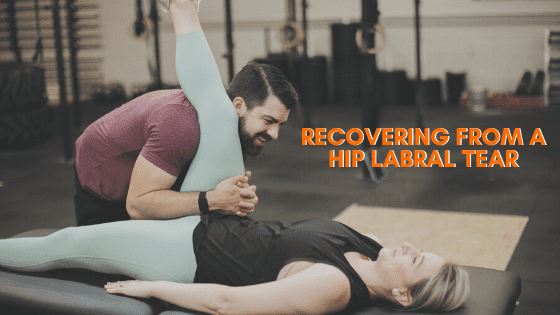
A hip labral tear can be a significant injury that disrupts your entire life. That sharp, pinching feeling can make your favorite things seem unbearable. From high level sporting activities to sitting, simple day to day tasks can become incredibly painful or even impossible to do. Before understanding how to recover from this injury, we need to understand a few basic points about this structure’s role.
Understand Hip Labral Tears
The labrum of the hip serves to deepen the acetabulum, which is the socket of the ball and socket joint in your hip. The labrum’s structure creates a suction like force in the joint. This helps to keep the head of your femur (thigh bone) centered within the socket.
When individuals are dealing with hip pain, the labrum can sometimes be the source, but it is incredibly important to know that a tear of your labrum does NOT mean you’re doomed to suffer or destined for surgery. A 2012 study looked at MRI of individuals with NO hip pain and found that a shocking 69% of individuals had a hip labrum tear. This is great news for you, because it means that the tear is not necessarily the source of your symptoms. Maybe it was present before you ever experienced pain. Regardless, you can get back to the activities you love even with the tear present!
How Can You Recover from a Hip Labral Tear?
If the labrum is torn, we have lost some of the hip’s natural joint stability. But fortunately, with the specific strengthening of the other muscles around the hip joint, we can make up for this and regain hip stability. At Onward, we’ve identified a few key principles of rehabbing hip labrum tears that we’ll outline for you.
1. Stop Stretching the Hip Flexors
This is contrary to what EVERYONE else says, but the hip flexor muscles are crucial to improving the stability of the hip joint. We often find that by dropping hip flexor stretching and replacing it with the strengthening of the same muscles, we see rapid decreases in pain. The psoas march is one of the most effective exercises we prescribe to quickly improve symptoms.
2. Strengthening the Glutes
Another common finding we’ll see in athletes with hip labrum tears is glute weakness. When weak, a variety of movement compensations will occur that can add extra stress to the hip joint. An example of this can be seen in runners lacking sufficient strength of the gluteus medius. This deficit can create a significant hip drop contributing to greater hip pain.
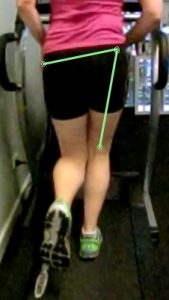
3. “Own the Hip Joint”
Another common exercise strategy we will use is exercises where the individual works on controlling end ranges of motion of the hip joint. For this, we’ll commonly prescribe controlled articular rotations (CARs) of the hip joint.
For those suffering from hip impingement, you know by now through your trials that this condition is much more complex than just adding in a few exercises. At Onward, we specialize in the management of hip labrum tears, femoroacetabular impingement, and hip impingement. We’d love to help you navigate this process and come along side you to find exactly what you need for where you are in your journey.
Don’t just take our word for it though! Check out the video below of Laura sharing her hip labrum story and how she regained control of her life (without surgery) working with our physical therapy team.
Recent Articles
Achilles Tendonitis: Diagnosis & Treatment
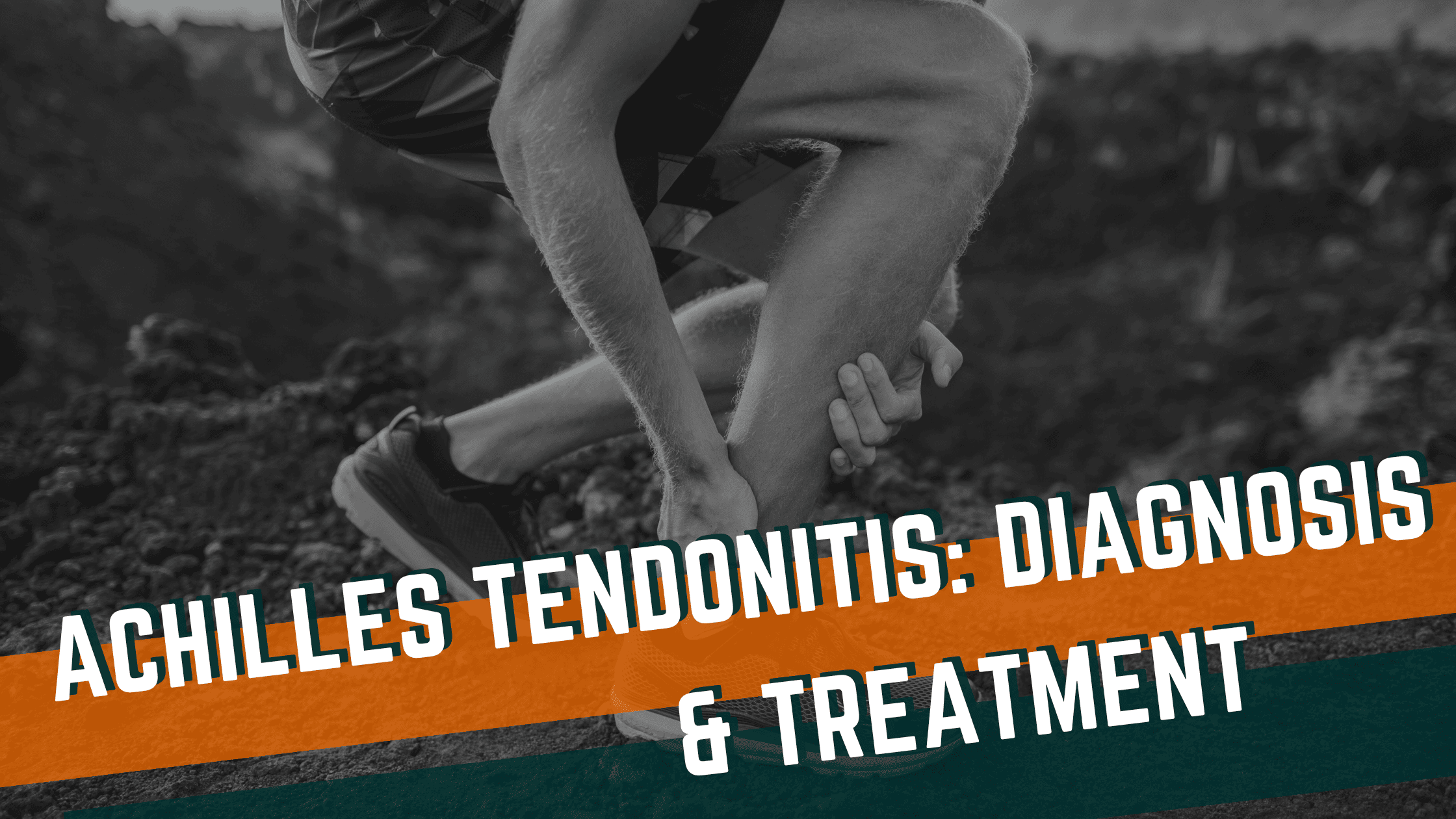
Hip Pain in Runners
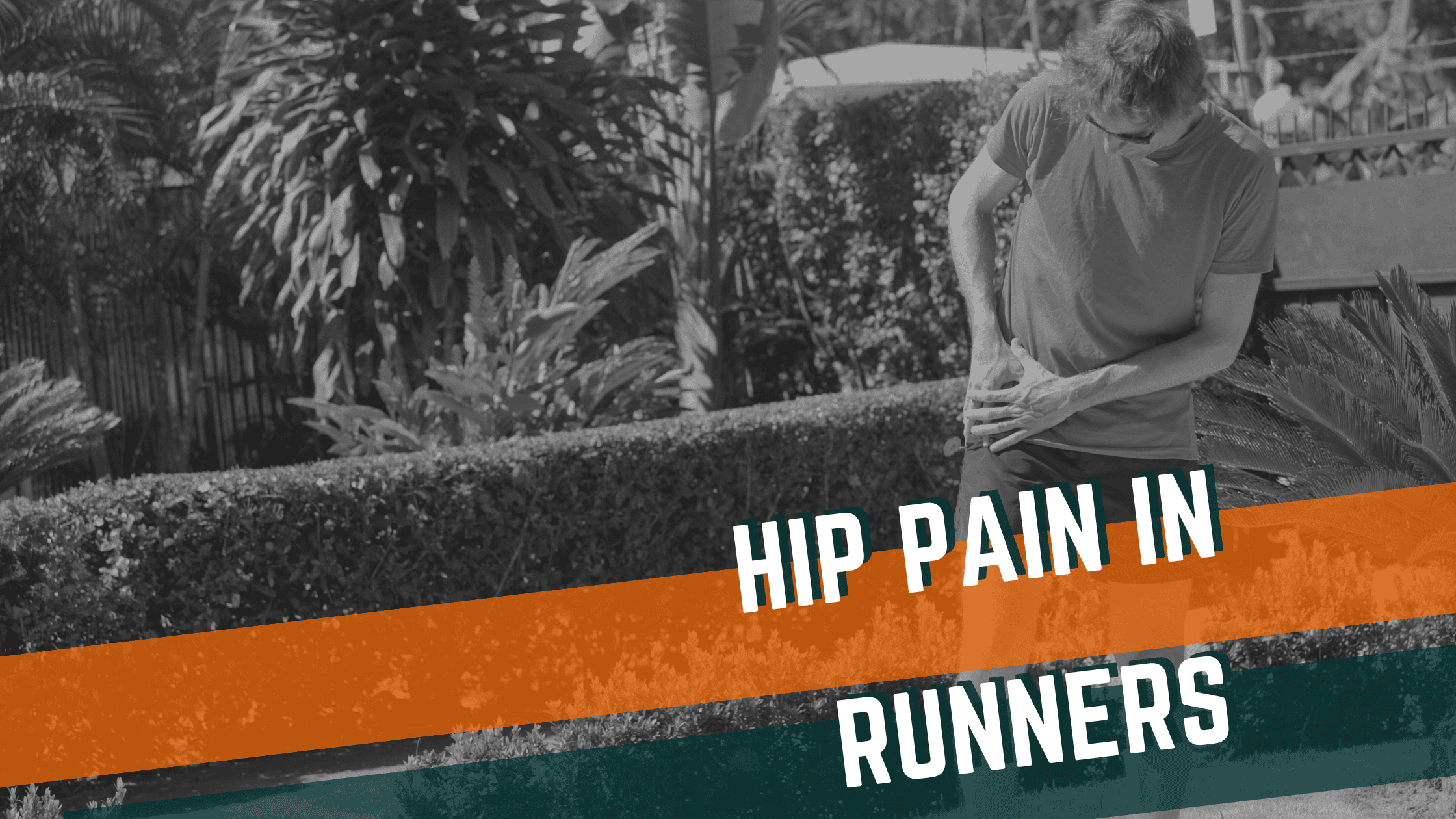
A Guide to Conditions Treated with Dry Needling
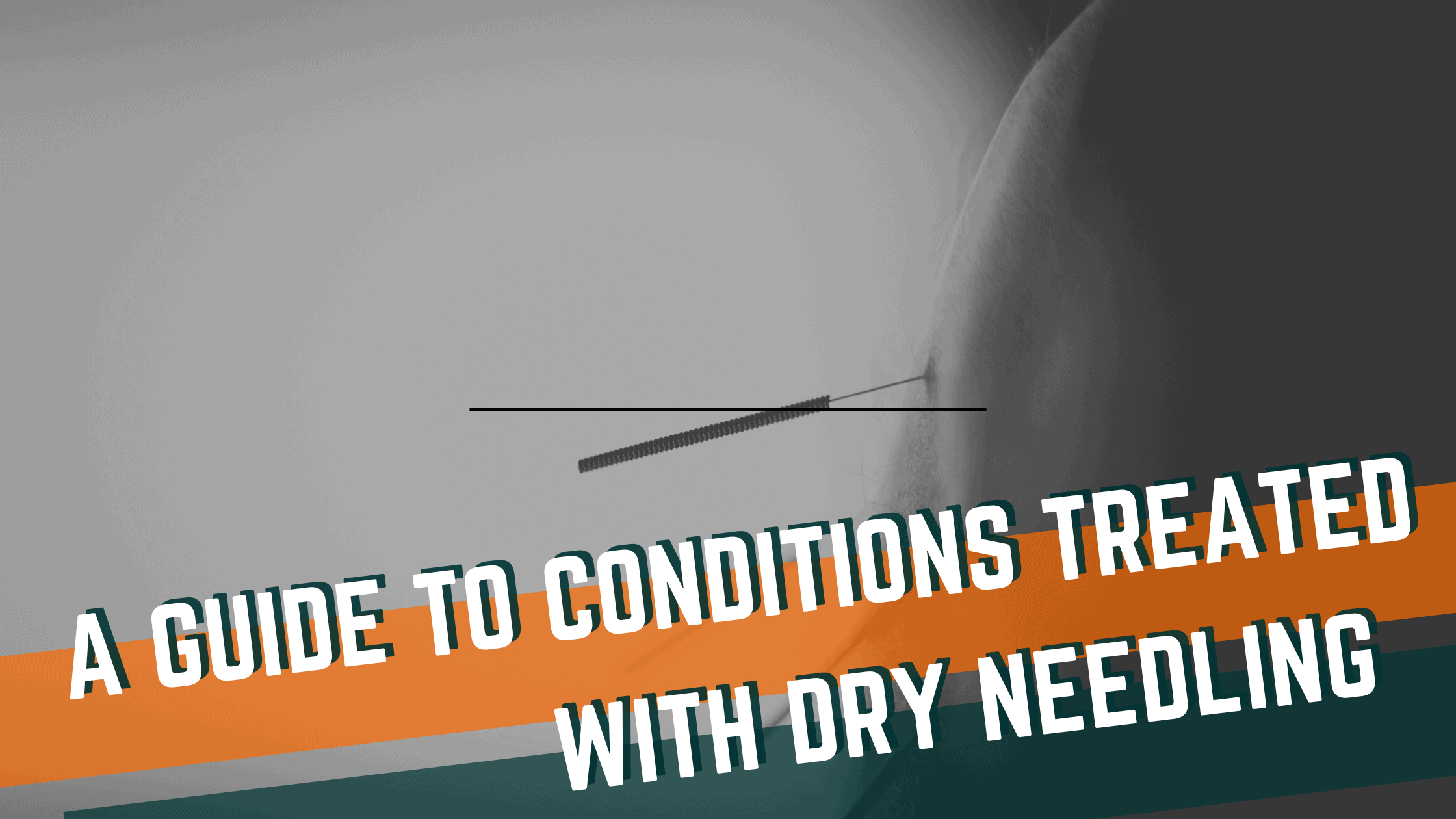
Reconnect to the CORE Postpartum: Pelvic Floor Exercises for Postpartum Healing
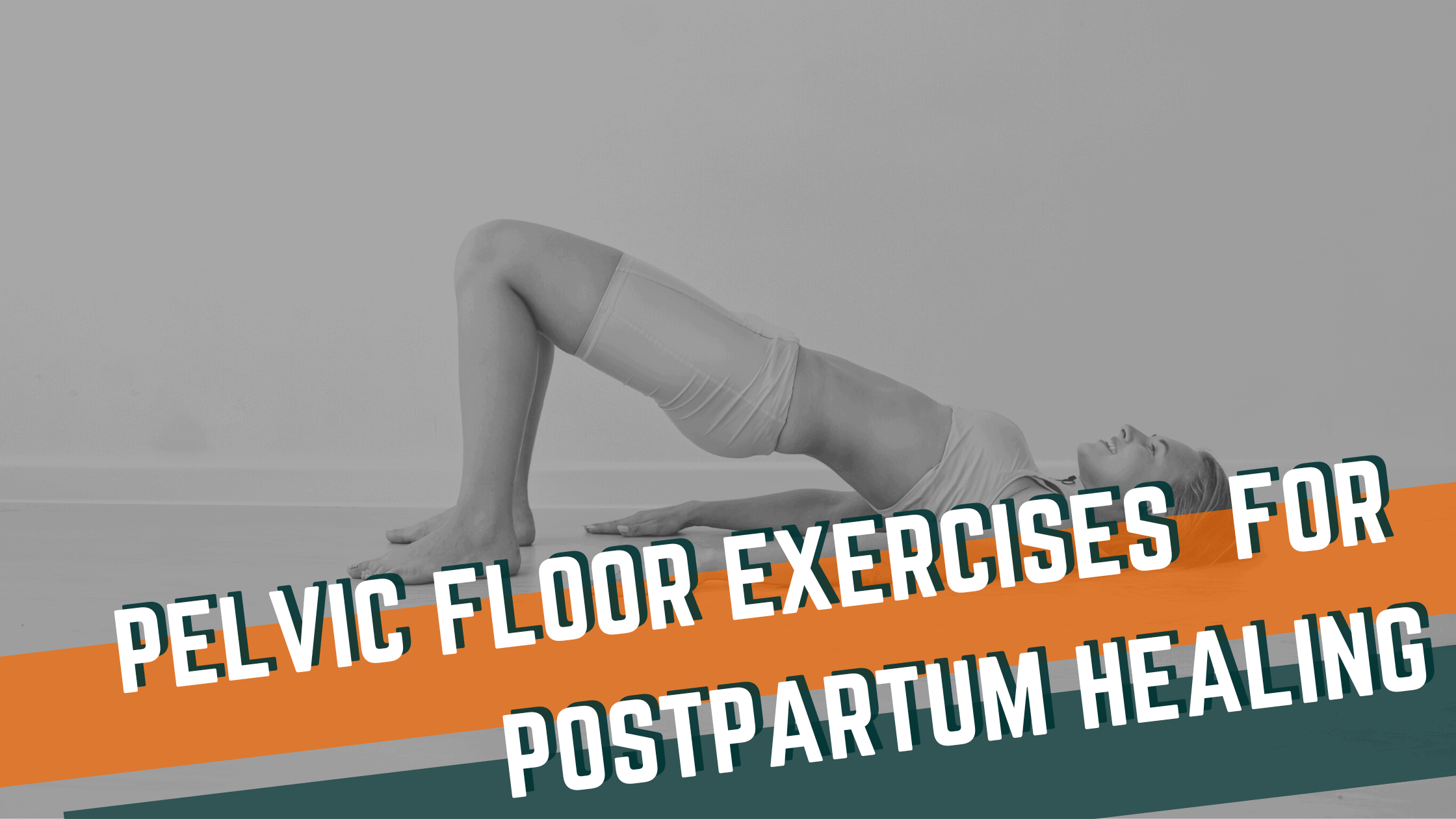
Preventing Back Pain in CrossFit: Key Considerations for Training Safely

